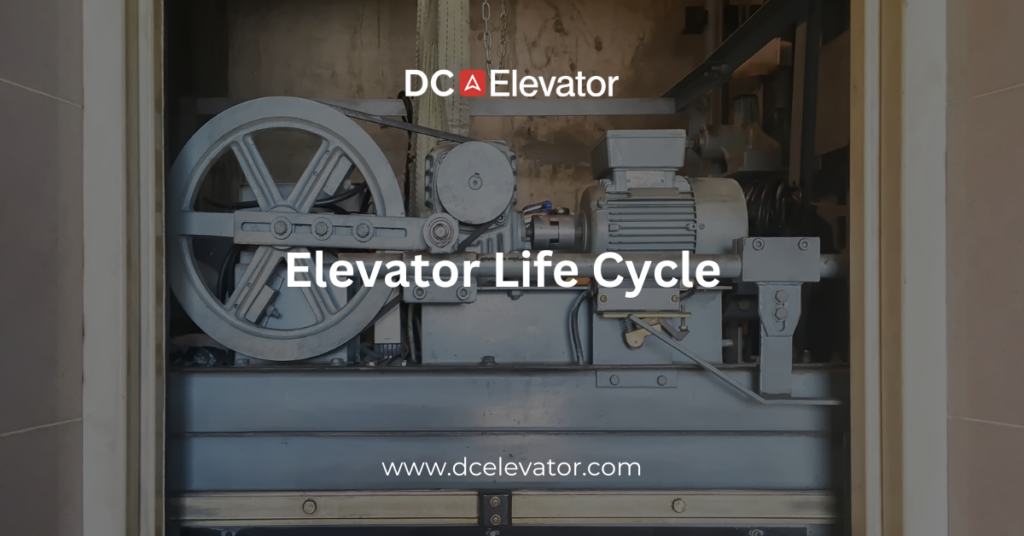What Is the Lifespan of an Elevator?
The question of how long elevators last is a common one. The answer to this age-old query depends on various factors. The durability of elevator equipment is influenced by factors such as the type of elevator (Hydraulic, Traction, Freight, Passenger, Commercial, or Residential), usage patterns, maintenance frequency, and the physical environment in which the elevator operates.
While the lifespan of an elevator is subject to numerous variables, ensuring regular maintenance by a reliable elevator service provider is crucial for prolonging its operational efficiency. Below, you’ll find a table outlining the ‘average’ anticipated lifespan of a well-maintained elevator.
In general, the industry standard for the operational lifespan of an elevator is around 20 years before considerations for modernization or replacement arise. This average duration takes into account factors like parts becoming obsolete, updated energy efficiency standards, and overall component wear and tear. Beyond two decades of operation, an elevator may become less economically viable to maintain. As the elevator ages, you might experience an uptick in service calls, increased energy consumption, diminished responsiveness, and noisy operation. To address these issues before maintenance costs escalate, proactive planning with your elevator service provider is advisable to prepare for the necessary capital investment for modernizing the elevator.
Factors Impacting Elevator Lifecycle
Several variables can impact an elevator’s lifespan, including environmental factors. Moisture exposure is a common culprit, with water potentially infiltrating a building through various means, such as subterranean sources, leaks, malfunctioning sump pumps, or external weather-related entry points into the elevator shaft. Water poses a significant threat to metal structures and mechanical devices, and if not regularly inspected, it can lead to rapid deterioration of the elevator, particularly in the pit area. Hydraulic elevators are also vulnerable to underground electrical currents, seismic events, and extreme temperatures. These unforeseen environmental factors can considerably shorten the elevator’s lifecycle, sometimes necessitating modernization after just 10 to 15 years of service.
Regular Elevator Maintenance
Scheduled servicing and inspections can extend the operational efficiency of an elevator beyond the anticipated 20-year lifespan. Conversely, neglecting proper care can reduce the elevator’s lifespan by 10 to 15 years. By partnering with a trusted elevator service provider, you can actively manage your building’s elevators and identify early signs of aging before the elevator prematurely reaches the end of its useful life.
Strategic Capital Planning
Close collaboration with your elevator service provider allows you to effectively manage the elevator’s lifecycle, encompassing installation, routine maintenance, component upgrades, and eventual modernization as efficiency diminishes. Engaging in transparent discussions with your elevator service provider regarding anticipated upgrades over the elevator’s lifespan can alleviate concerns when components wear out and require replacement.
Elevator Modernization
Consider enlisting the services of a modernization company that installs non-proprietary components, offering universal service options and multiple sources for hardware and component replacements. Avoid the surprise of an outdated elevator by taking a proactive approach and maintaining an engaged partnership with your elevator service company throughout the elevator’s lifecycle. LEARN MORE ABOUT ELEVATOR MODERNIZATION.
